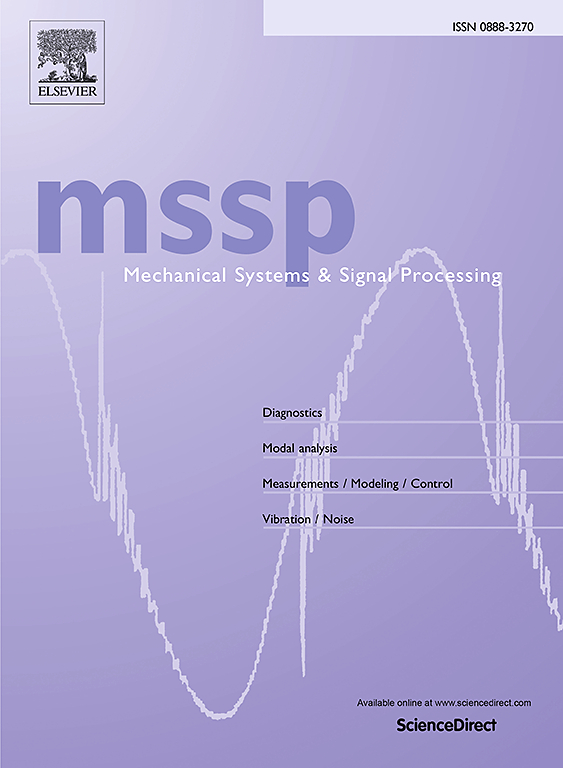Mixed time-frequency-domain method for nonlinear hybrid floating breakwater-WEC
IF 7.9
1区 工程技术
Q1 ENGINEERING, MECHANICAL
引用次数: 0
Abstract
Ocean waves represent a vast and renewable resource that is prevalent across the globe. However, the relentless erosion of marine equipment and coastal structures poses an ongoing challenge to safety. The integration of a floating breakwater with a wave energy converter (FB-WEC) offers a dual solution that addresses both wave protection and energy harnessing. The attenuation of low-frequency ocean waves and their subsequent energy capture is a critical issue within the field of ocean engineering. The introduction of additional nonlinear stiffness can significantly enhance the low-frequency response of FB-WECs without the need to enlarge their physical dimensions. To address the complex nonlinear fluid–structure interactions inherent in nonlinear FB-WECs, a hybrid time–frequency domain approach has been developed. This method is based on the concept of harmonic decomposition and enables the rapid computation of the FB-WEC’s motion response while facilitating the concurrent acquisition of wave data. An innovative umbrella-type bistable mechanism (U-BM) has been conceived and implemented in the FB-WEC design. A prototype has been fabricated, and its performance was tested through wave flume experiments. The results of these experiments have validated the numerical simulations, confirming that the U-BM FB-WEC is proficient at responding to low-amplitude wave excitations. Under conditions of comparable wave height, the U-BM FB-WEC consistently delivers over 50% more power output in the low-frequency band compared to its linear counterpart. This advancement marks a significant stride in the field of wave energy conversion, promising more efficient energy capture and a more sustainable future for marine environments and coastal communities.
求助全文
约1分钟内获得全文
求助全文
来源期刊

Mechanical Systems and Signal Processing
工程技术-工程:机械
CiteScore
14.80
自引率
13.10%
发文量
1183
审稿时长
5.4 months
期刊介绍:
Journal Name: Mechanical Systems and Signal Processing (MSSP)
Interdisciplinary Focus:
Mechanical, Aerospace, and Civil Engineering
Purpose:Reporting scientific advancements of the highest quality
Arising from new techniques in sensing, instrumentation, signal processing, modelling, and control of dynamic systems
 求助内容:
求助内容: 应助结果提醒方式:
应助结果提醒方式:


